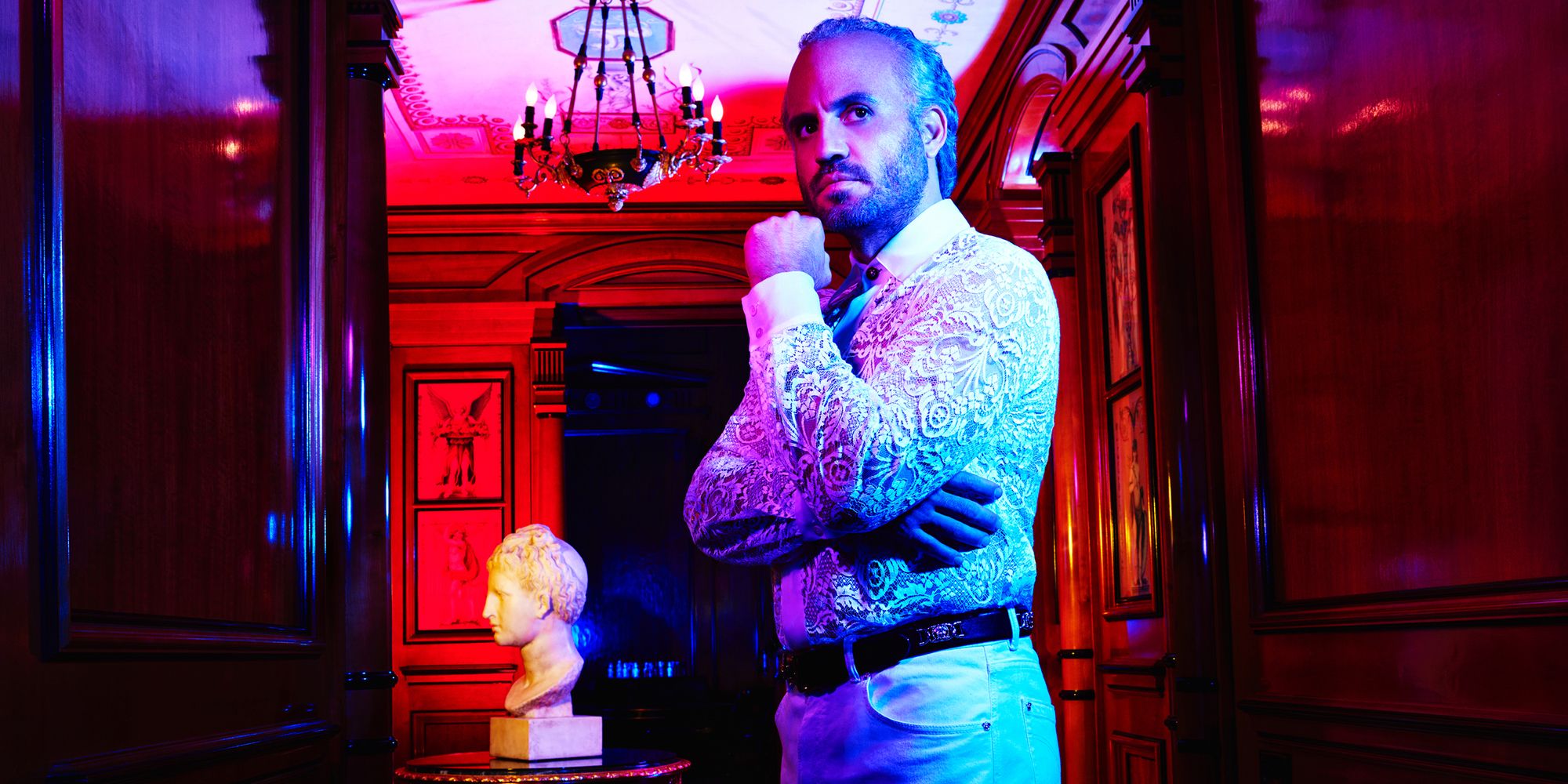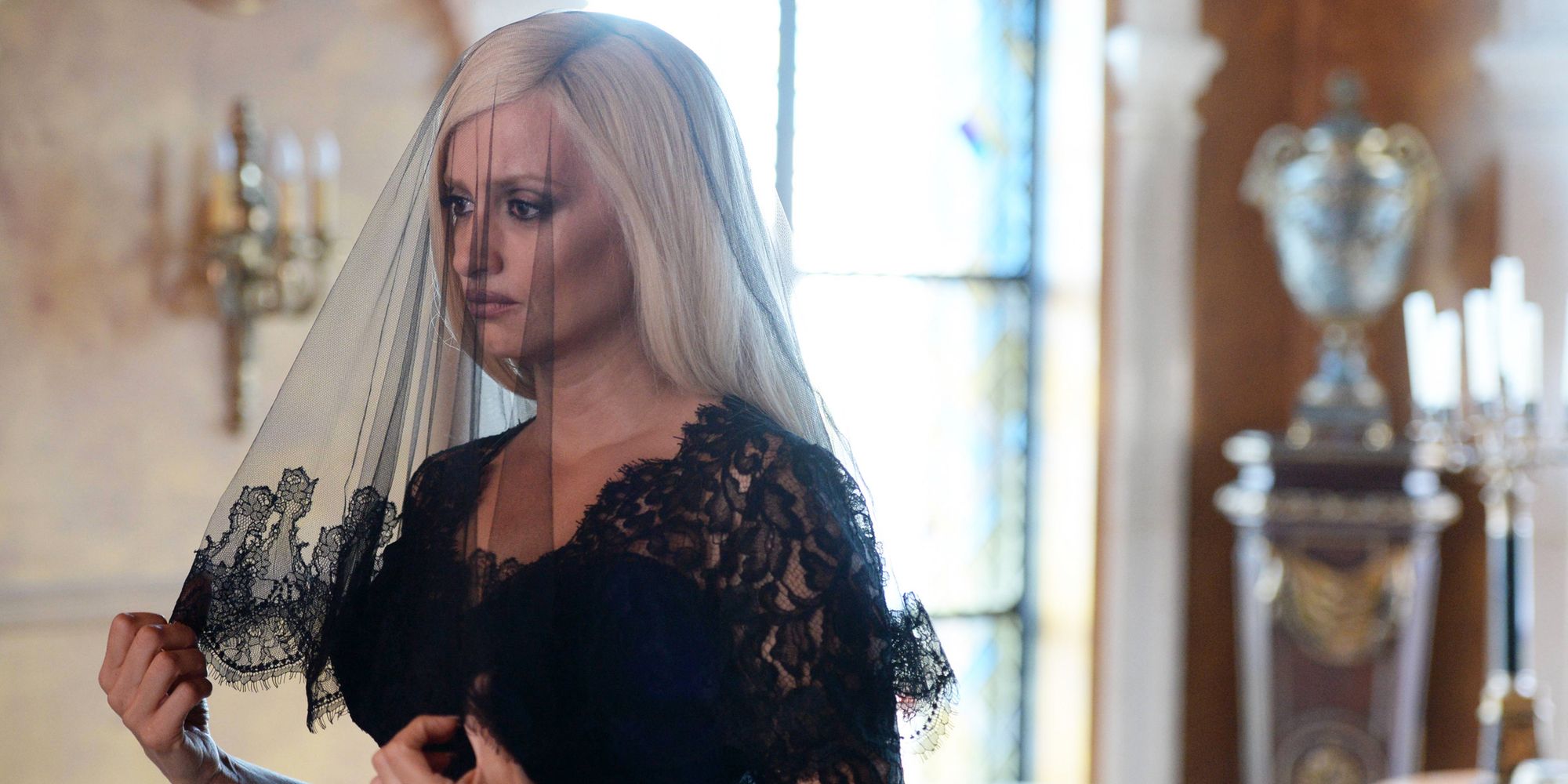At the time it was announced that Ryan Murphy’s next project at FX would be The People v. O.J. Simpson, the pairing between creator and subject matter seemed like a surefire disaster in the making. The idea of matching Murphy’s interests and tendency toward gaudy excess with an infamous murder trial, and what the tabloid-y media storm surrounding it said about race, celebrity culture, and America in general, was enough to make even the most optimistic television viewer skeptical. Then the show premiered and proved its doubters wrong. It garnered critical acclaim, huge ratings for the network, won multiple Emmys, and turned Sterling K. Brown into a certified star. The result, then, was that, despite certain evidence to the contrary, Murphy’s television empire was indeed up to the task of creating a compelling drama from an incendiary and overexposed event in the country’s recent past.
The downside to proving Murphy’s naysayers wrong in this way was made evident by the unique challenge that arose with regard to deciding the topic of the anthology’s follow-up. The question of how to make a successful second season that was also about something and not just a synthesis of the high points achieved by The People v. O.J. was one that seemed to stymie the series to a certain degree. Which is why we’re all watching The Assassination of Gianni Versace: American Crime Story instead of Katrina: American Crime Story.
Related: Versace First Look Dives Deep Into the Next American Crime Story
To that end, The Assassination of Gianni Versace is fascinating for just how different a product it is than its predecessor. Those differences do, in some ways, make it inferior to The People v. O.J. Simpson: American Crime Story. But, at the same time, the manner in which the new season succeeds is evidence of how the series can, with the help of the right creative people, continue to disprove its doubters and perhaps take even bigger swings with subsequent seasons, tackling similarly provocative stories and dramatizing them without first having to reassure its potential viewing audience that it has things under control.
The series offers a new sensation from the get-go; it’s one that speaks to the nature of the crime and the way in which the sensational aspects of the designer’s death and personal life were examined in the aftermath of the shooting outside his home in Miami. It also speaks to how, unlike O.J.,the story of Gianni Versace’s murder at the hands of spree killer Andrew Cunanan isn’t nearly as fixed in the country’s collective memory. As such, it doesn’t carry with it the same cultural caché. The Versace murder and subsequent manhunt for his killer didn’t unfold in real-time on our television screens in the same grossly captivating manner. There was an investigation certainly, but that transpired without creating indelible moments like the low-speed pursuit of a White Bronco driven by Al Cowlings or the circus-like atmosphere of Judge Lance Ito’s courtroom.
It is worth noting that, for the average viewer, there is probably going to be a dearth of recognizable characters in this story, too. Without an O.J. Simpson, Al Cowlings, Marcia Clark, Johnnie Cochran, Robert Shapiro, or Robert Kardashian to pin the audience’s attention to, the new season becomes entirely reliant on the victim. That’s to The Assassination of Gianni Versace’s benefit, as series writer Tom Rob Smith (London Spy) points out early on, the same was true when the investigation into the murder began: The name “Versace” was to many people the brand name associated with a brand of jeans instead of an admired, famous, wealthy, and out gay man in Miami, Florida in the late ‘90s.
After a somewhat muddled first episode directed by Murphy, the series begins a more successful examination of identity and, of all things, branding, primarily through a fascinatingly abstruse narrative structure that moves backwards and forwards in time. The series begins with the actual assassination, and, like O.J., that act of violence becomes the inciting incident of the main story. But, strangely enough, as plotted by Smith, it’s not the inciting incident of Cunanan’s interaction with Versace, nor is it the beginning of their individual narratives. Instead, it acts more like a crossroads where two divergent story lines briefly and tragically meet before continuing to fork in opposite directions.
The almost dreamlike composition of the narrative affords the series the room it needs to breathe. That’s especially true since, at the end of the first episode, you may well be left wondering how in the hell The Assassination of Gianni Versace plans to stretch this story out for another eight hours. The plan, it seems, is to move back and forth between the past and present of several of individuals, including Cunanan, Gianni Versace and his sister Donatella, his lover Antonio D’Amico, and the police and FBI in the midst of a manhunt. Those individuals are brought to life through some terrific performances; in particular Darren Criss’ standout role as Cunanan and Penelope Cruz’ tremendous performance as Donatella Versace. Édgar Ramírez is also strong as Gianni, disappearing almost entirely into the role with the help of some thinning hair and makeup.
The Assassination of Gianni Versace: American Crime Story is a remarkably different follow-up to one of FX’s most successful productions, one that, given how different the crime, its victim, perpetrator, and those impacted are, feels appropriate. Though it doesn’t seem to know exactly what it is and what it’s trying to say beyond the circumstances of the crime in question during its first hour, it does develop into something far more intricate and interesting as the series moves forward.
Next: 2017-2018 Winter TV Premiere Dates: New & Returning Shows to Watch
The Assassination of Gianni Versace: American Crime Story continues next Wednesday with ‘Manhunt’ @10pm on FX.



